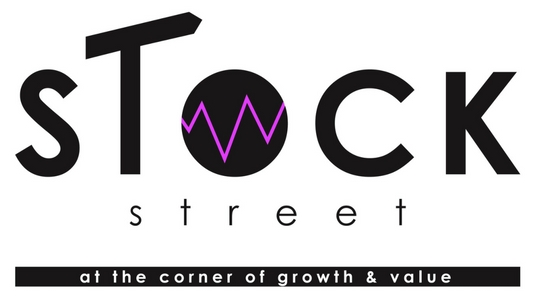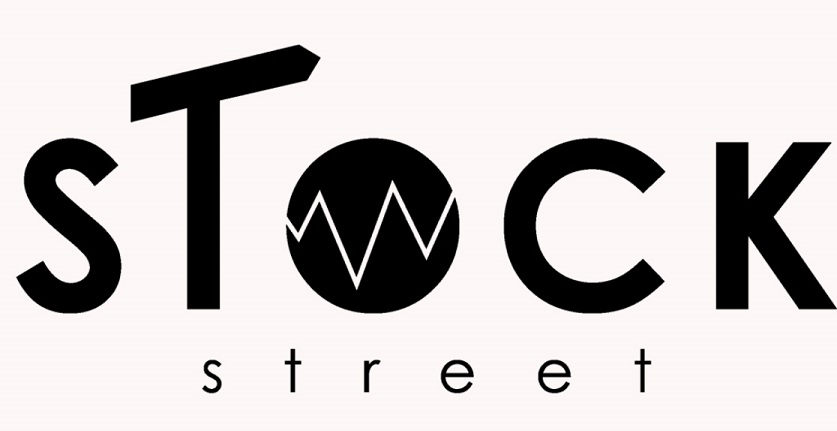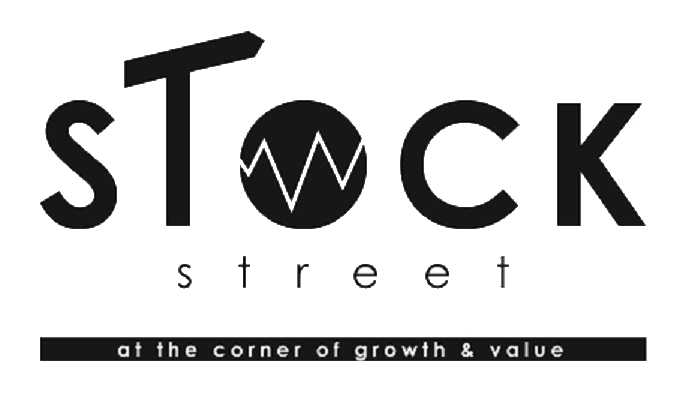You may be wondering about M1 Finance fees and how they developed an app for free trades. You may also be asking yourself, “How does M1 Finance make money?” If this sounds like you, you will find the answers to your questions below! You may also be interested in my list of 2018’s Best Robo-Advisors.
Hint – M1 Finance is featured 😉
You can click here to read about the 2018 Best Robo-Advisors
M1 Finance Review
- Fees
- Investment Options
- Account Options
- Tools & Features
- Account Minimum
Summary
M1 Finance does offer a promotional offer. If you refer a friend, your friend will receive $10 in their account and you will also receive $10 in your account.
Want to read an extensive review about M1 Finance? You can click here to read my extensive M1 Finance review.
Interested in M1 Finance?
You can learn more about FREE investing through our Stock Street referral:
INVEST FOR FREE WITH M1 FINANCEThis is very exciting and huge news. As my regular readers know, I am a big fan of what they are doing over at M1 Finance. They didn’t JUST create an amazing platform with great technology, but a platform where the purchasing of ETFs is just as easy as purchasing individual stocks.
This article isn’t about why M1 Finance is now the best robo-advisor. Rather, it is about how the best robo-advisor app is now FREE. You read it right – M1 Finance lowered their fees to exactly $0!
In this article we will go over M1 Finance’s reduction of fees, what fees still exist for investors, and how they are able to reduce their fees to zero.
M1 Finance fees – Long live free trade
No, silly, I’m not talking about free trade like I’m running for president! I’m talking about the ability to now trade for free – as in buy and sell stocks and investments for free.
If you invest with a company like Charles Schwab or TD Ameritrade, you must pay a fee for every trade you make. If you purchase 100 shares of Apple, you will pay a fee for that purchase.
The current fee for Charles Schwab and TD Ameritrade is around $5 per trade.
For example:
If you make 20 different trades buying 20 different stocks, that will cost you $100.
If you sell those 20 stocks, it will cost you another $100.
It could cost you $200 in total fees between buying and selling your 20 different stocks.
That $200 can eat into your investment returns over time. Now, let’s compare this to M1 Finance.
M1 Finance is now free
The same 20 stocks you bought at Charles Schwab or TD Ameritrade would cost you $0 to buy and sell with M1 Finance.
As you can see, M1 Finance has the ability to pay for itself!
Just on the above example, you would save $200 between buying and selling your twenty stocks. Oh, and by the way, that $200 you saved invested over 20 years at 8.5% will actually grow to over $1,000!
Not only are you saving money on immediate fees, but the fact that you have more money in your account to grow over many years.
The old M1 Finance fee
Before lowering their fees to $0, M1 Finance charged an account fee for unlimited trading. The fee structure looked like this:
On your first $0 – $1000 = Free
On the next $1,000 – $100,000 = .25%
$100,000 + = .15%
If you had $10,000 invested with M1 Finance before they lowered their fees, you would have paid an annual fee of $22.50 ($10,000 – $1,000 = $9,000 x .25 = $22.50).
While that may seem small, as you accumulate more and more money, that fee grows. And, as we know from our above example, you also lose out on the ability of the money paid towards fees to grow.
The new fee structure is a win-win for us investors!
*M1 Finance has added a new lending feature to make money. I detail it in my extensive review of M1 Finance. You can read my M1 Finance review by clicking below:
INVEST FOR FREE WITH M1 FINANCE
If M1 Finance is free…how does it make money?
M1 Finance decided it is able to make money by lending investors money. If you decide to buy stock on margin, M1 Finance will loan you money to buy stock, and they will charge you interest for that money they lend you.
Most people don’t buy stocks with margin, and most people shouldn’t buy stocks with margin. For this purpose, as long as you don’t buy stock on margin, you will pay no money to M1 Finance!
M1 Finance fees on funds
It is impossible to get around mutual fund and ETF fees. Any broker or robo-advisor you use will include fees for funds. This is because the funds and ETFs charge fees themselves, it is not the M1 Finances who charge the fees inside ETFs.
For example, if you purchase a Vanguard S&P 500 ETF (VOO) you will pay an annual fee charged by Vanguard of .04%. This fee is impossible to get around, and it is MINIMAL anyway.
Since you will pay the ETF fees no matter where you invest, this is a non-issue for M1 Finance.
Conclusion – M1 Finance fees and free trading
In closing, M1 Finance now charges no fee for your account. The only way M1 Finance makes money is through interest charged for those who purchase stocks on margin (which most people shouldn’t do anyway).
The fees on ETFs will still be charged to the investor. However, those fees are impossible to get around since the fund companies charge those fees.
All in all, in my humble opinion, M1 Finance has the best app and technology available not just for those who wish to buy individual stock, but for those who also want to invest in ETFs as well.
Their new fee structure is now just icing on the cake!
Thanks of reading!
INVEST FOR FREE WITH M1 FINANCE
Disclaimer: These are the ideas and opinions of the author. The author is not responsible for the actions of those who read the posts on this blog. Each individual reader has a unique situation and unique needs. This blog is not intended to solve those unique situations of the readers. This blog is not liable for decisions made by the readers of this blog.
You know how websites add a section at the bottom that says, “This post MAY contain affiliate links”? Well, I am not going to be vague like those websites. We all know if they write that sentence, the post includes affiliate links. So, I will tell you straight up that this post DOES include affiliate links. Use them, I will make a little dough (at no extra cost to you). Here is my affiliate link disclaimer if you want to read more: DISCLAIMER

















